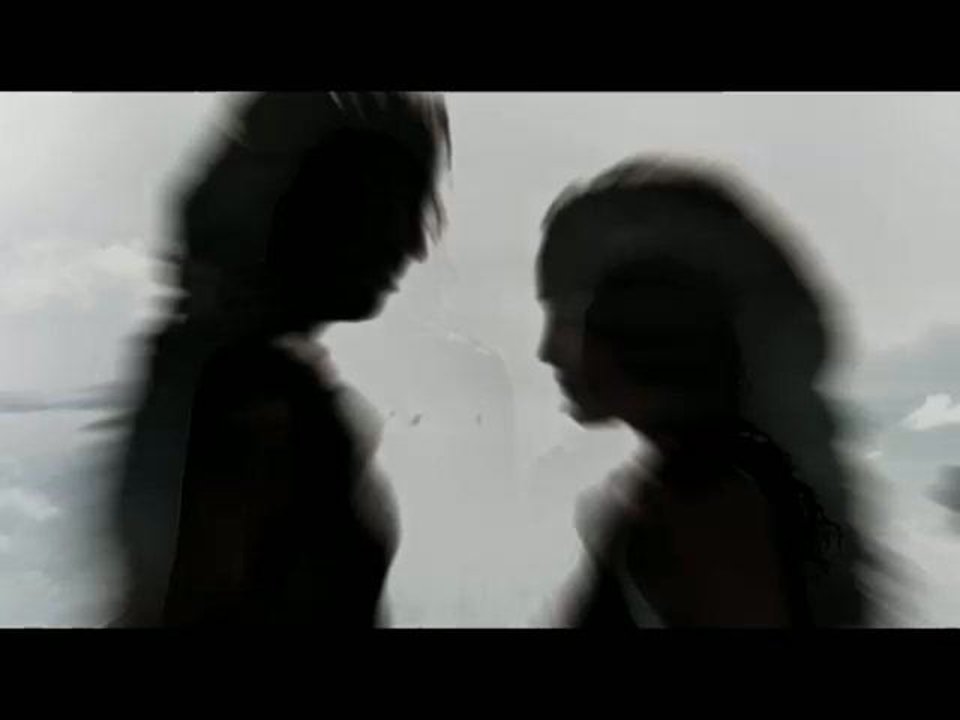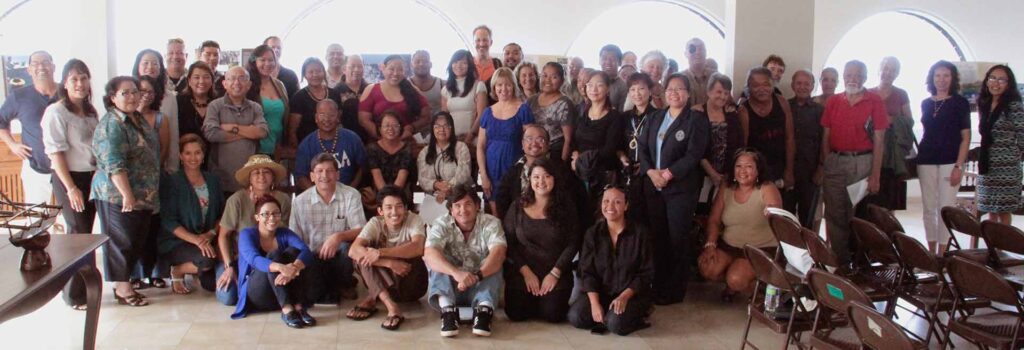Hima: Conserving a Cultural Heritage
Basic biology. The giant clam is a member of the Phylum Mollusca and the Class Bivalvia. These clams have two shells (called “valves”) that are hinged on what is called an umbo. Their flesh or mantle is the mechanism that secretes the clam’s shell.
Hima: Conserving a Cultural Heritage Read Post »



